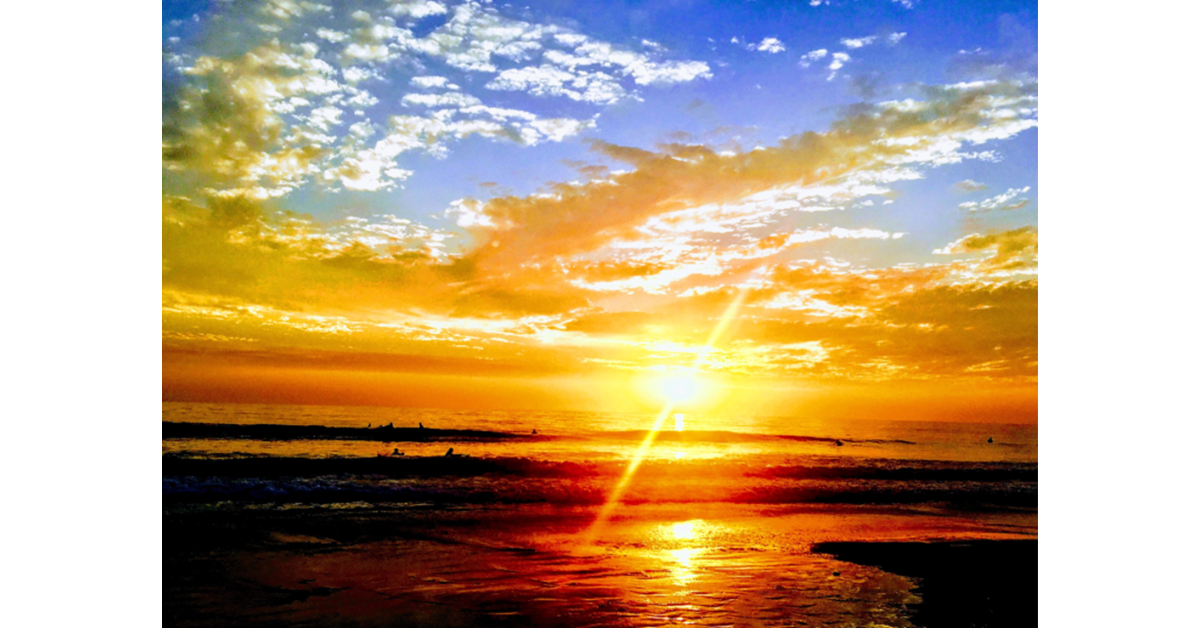A Bountiful Harvest
Read, listen, and think about this, our shared history.
BY THE ENGLISH CALENDAR, it is autumn 1621. For the Wampanoag, it is Keepunumuk, the time of the harvest. In a small settlement on the edge of the sea, more than 90 Native men, members of the Wampanoag Nation, share food with 52 English people. The English are survivors of the 101 who arrived less than a year earlier aboard a ship called Mayflower. For more than 12,000 years, Native people have fished these waters, hunted these woods, and cultivated these fields. The Wampanoag know this village site as Patuxet. The English have renamed it New Plymouth.
WHEN THE ENGLISH LANDED in the Wampanoag homeland, Patuxet was empty because the population of the village had been devastated by plague. During their first winter, more than half of the English died. Now, in autumn, the survivors are celebrating their first successful harvest. Massasoit, a Wampanoag sachem, or leader, who has kept close watch on these strangers, has arrived with 90 of his warriors. For three days, this group, both English and Wampanoag, will eat together and engage in diplomacy.
OVER THE CENTURIES, the story of this event will be lost, recovered, told, and retold. Traditions and misunderstandings will turn the so-called First Thanksgiving into an American popular myth, not a true story. Generations of schoolchildren have imagined brave peaceful settlers—the “Pilgrims”—inviting a few wild Indians over for dinner. In the myth, the Wampanoag side has been left out. The true story is a lot more complicated.
HISTORY IS NEVER SIMPLE. The history of the English colonies in America is a history of European people imposing their culture, politics, and religion onto Native people. It is also a litany of the voices of many Natives, both past and present, who have persisted through plagues, war, and invasion.
Taken from, “1621 A New Look at Thanksgiving” By Catherine O’Neill Grace & Margaret M. Bruchac,
With Plimoth Plantation. National Geographic. Washington, D.C.
People of the First Light
The area we know as Plymouth was land honored and managed with stewardship by the Wampanoag people. The word “Wampanoag” means “People of the Light.” The former director of The Wampanoag Indian Programs at Plimoth Plantation, Nanepashement, wrote of his people:
“We are the first people to see the beginning of the day.”
One can see why the Native population referred to themselves as People of the Light, for the land in which they lived is what (we now call Cape Cod, Martha’s Vineyard, Nantucket, and) receives the first sun light of each new day.
The Wampanoag people lived with the land for thousands of generations, fishing in the waters, planting and harvesting crops, hunting the four-legged and winged beings and giving respect and thanks for each and every thing taken. Their way of living embodied what the phrase, “Wise Stewardship” means. They taught each generation to use many resources, remembering to use them with care, respect, and a mind toward preserving some for seven generations of unborn and not to waste anything.
Valuable lessons are always learned from the retelling of past events and traditional stories. Such retelling also helps keep a culture and community alive and connected.
Taken from, “1621 A New Look at Thanksgiving” By Catherine O’Neill Grace & Margaret M. Bruchac,
With Plimoth Plantation. National Geographic. Washington, D.C.
Did you know?
Most of the stories we have learned about that first Thanksgiving are untrue!
Without the Wampanoag corn, there would have not been a celebration in 1621. That corn was stolen by the colonists from the Wampanoag people!
The first written description of the meal between the Pilgrims and the Wampanoag people was only 115 words about a harvest gathering.
That brief description inspired the growth of an American tradition that became a national holiday.
Wampanoag means, “People of the first Light.”
The Native people didn’t wear feathered headdresses nor did the Pilgrims wear tall hats!
The people of the Mayflower weren’t the first European visitors.
Ninety Wampanoag warriors met the Fifty-two survivors of the Mayflower for three days of feasting and diplomacy.
The idea that the Pilgrims were peaceful while the Native population were savages is simply wrong.
Taken from, “1621 A New Look at Thanksgiving” By Catherine O’Neill Grace & Margaret M. Bruchac,
With Plimoth Plantation. National Geographic. Washington, D.C.
Making a Myth
There was neither cranberry sauce nor pumpkin pie at the 1621 harvest celebration. There were no Indians with woven blankets over their shoulders and large feathered headdresses cascading down their backs. There were no Pilgrims in somber black clothes and tall hats with silver buckles, either.
The English didn’t even call themselves Pilgrims at the time. That’s the myth.
The 19th-century painters who created these dramatic images were just plain wrong! They got their ideas about Indian dress from western Plains Indians who performed in Buffalo Bill’s Wild West show and from popular “historical” pageants staged by non-Indians.
The artists wanted to show the religious intensity and bravery of the English, looking prosperous and wearing somber clothing. They often drew the Native people to look like ignorant savages, outnumbered by the English and lurking on the sidelines.
The images have been reproduced in so many ways that people think they must be true.
Taken from, “1621 A New Look at Thanksgiving” By Catherine O’Neill Grace & Margaret M. Bruchac,
With Plimoth Plantation. National Geographic. Washington, D.C.
